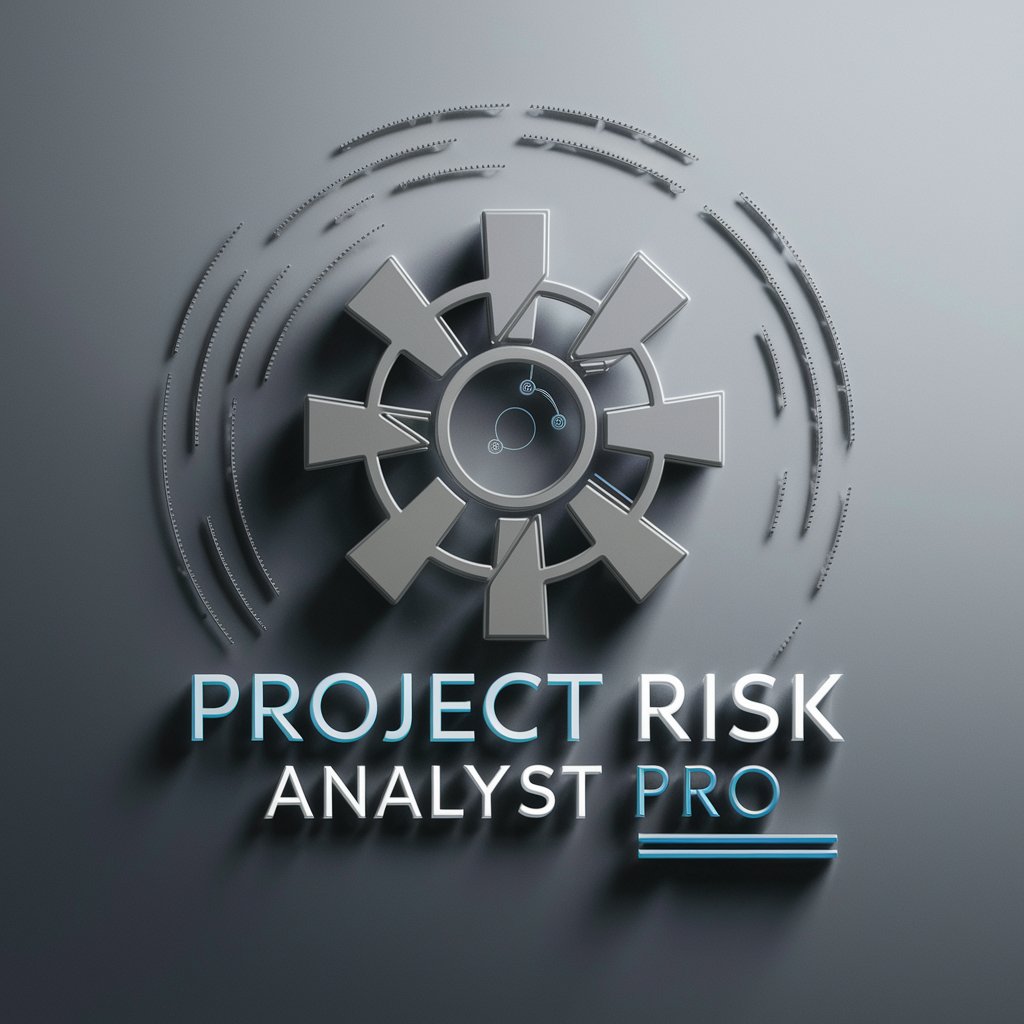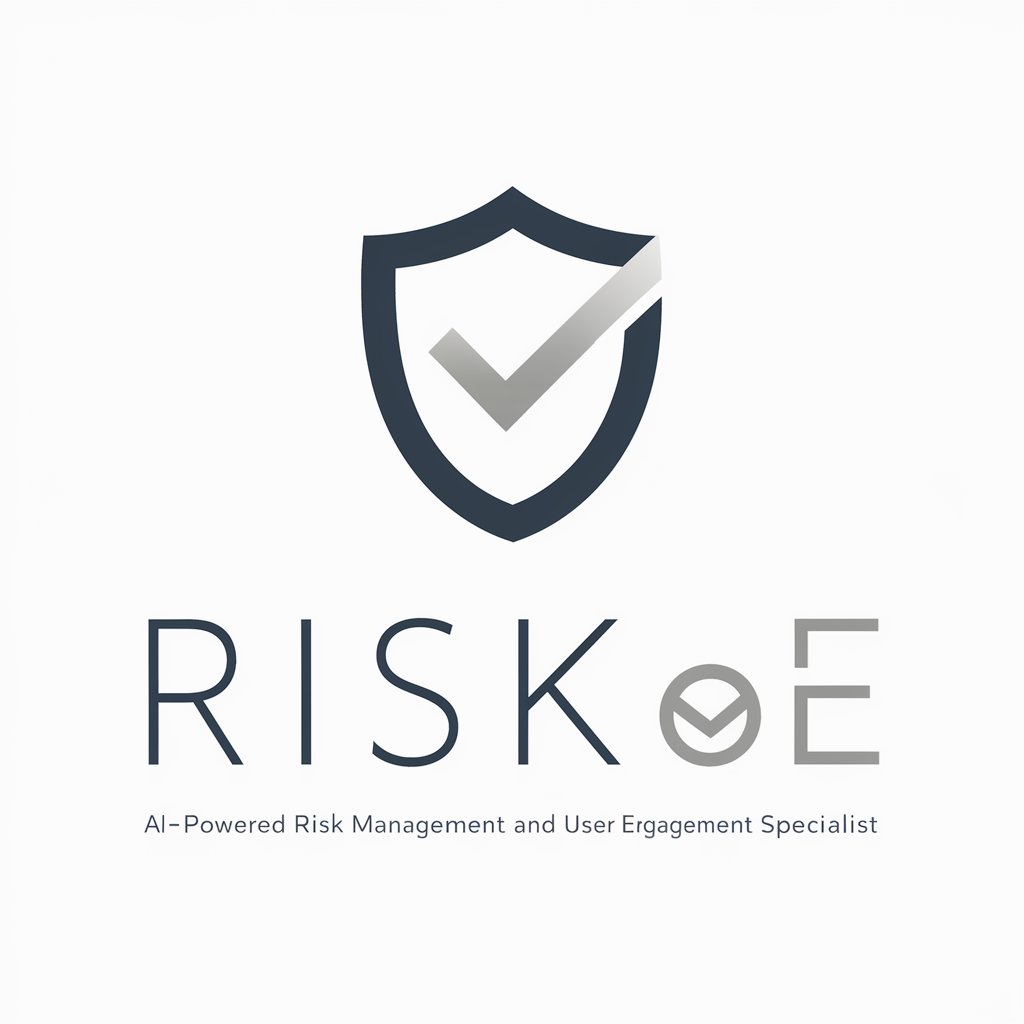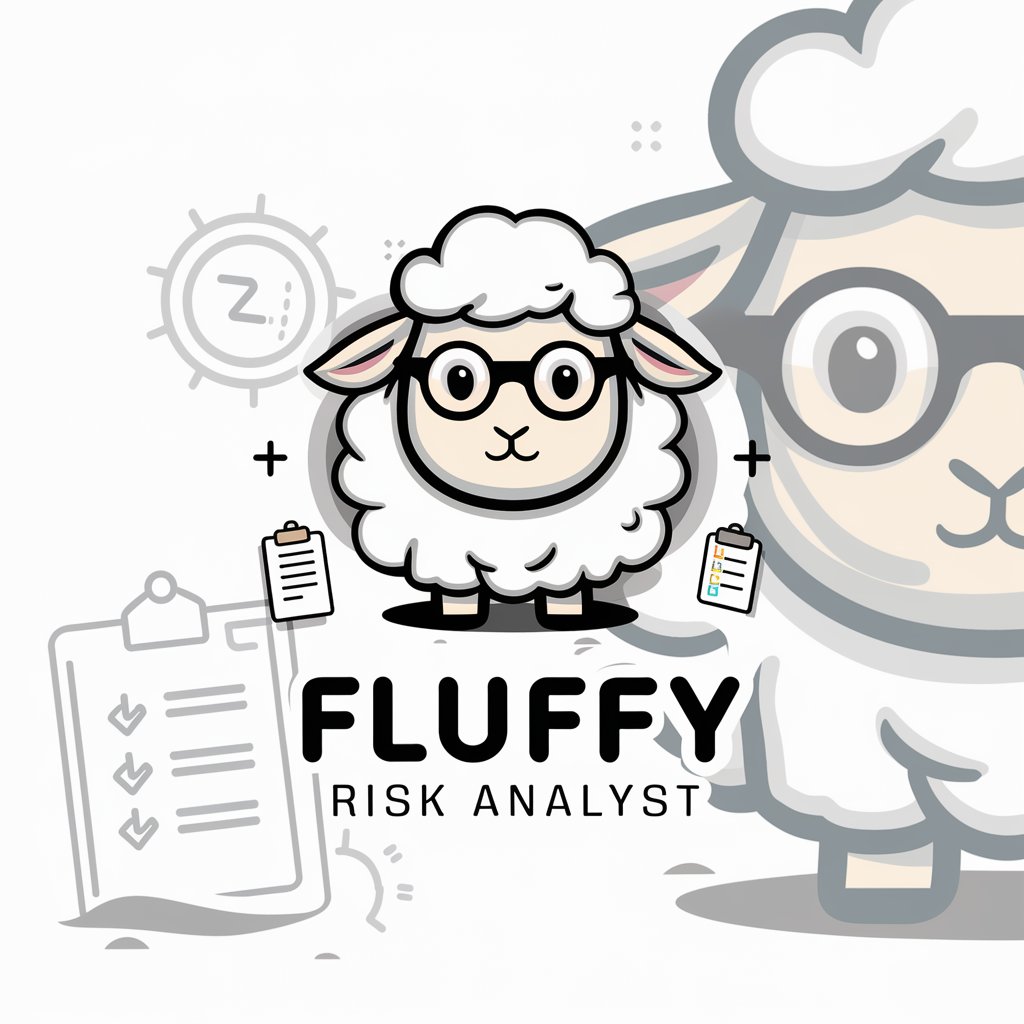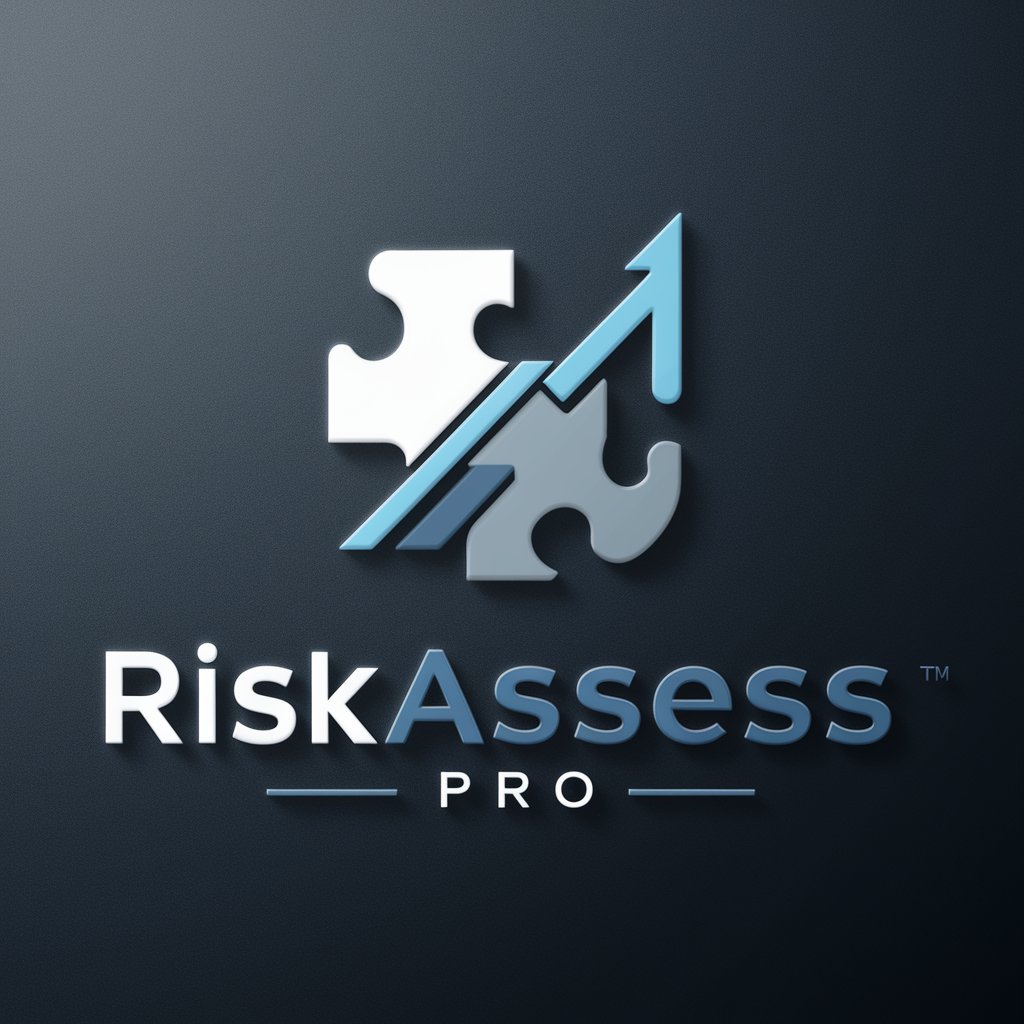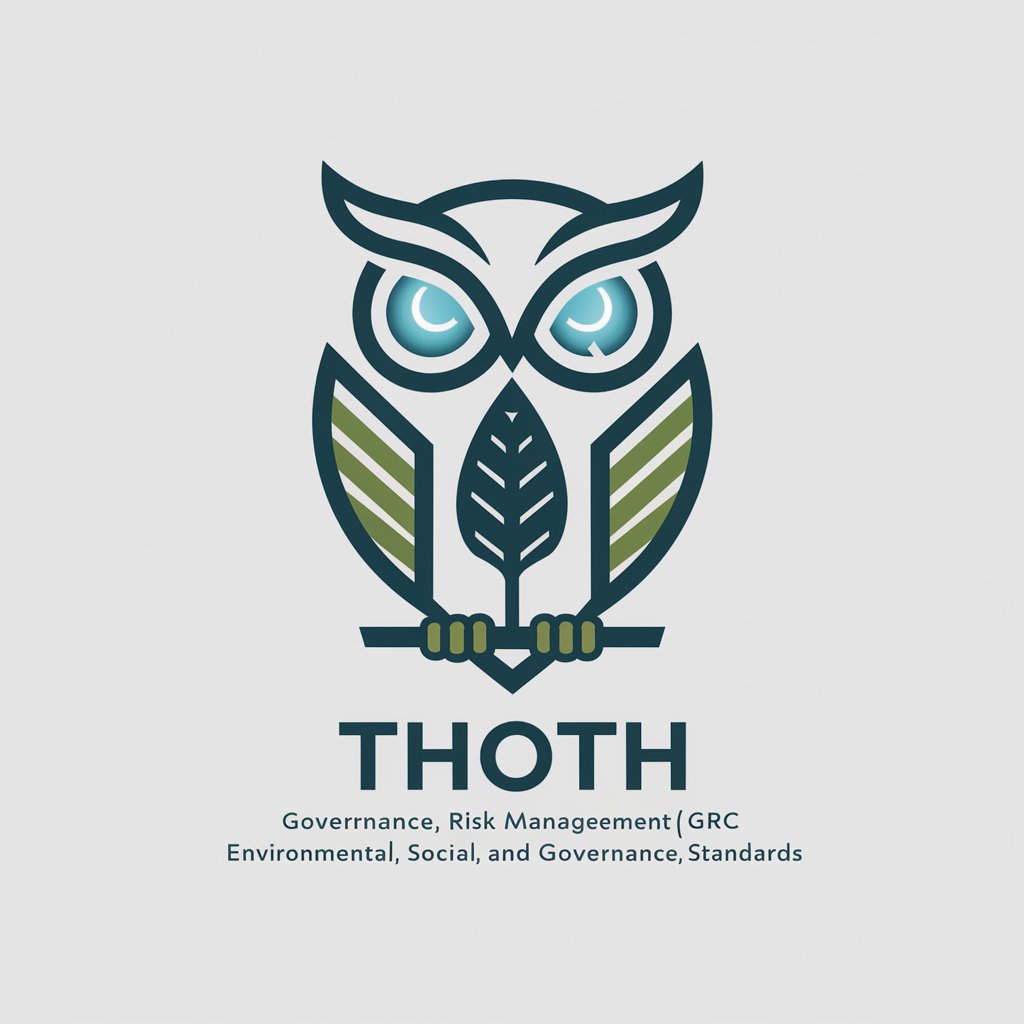
A Risk Model - Risk Management Assistance
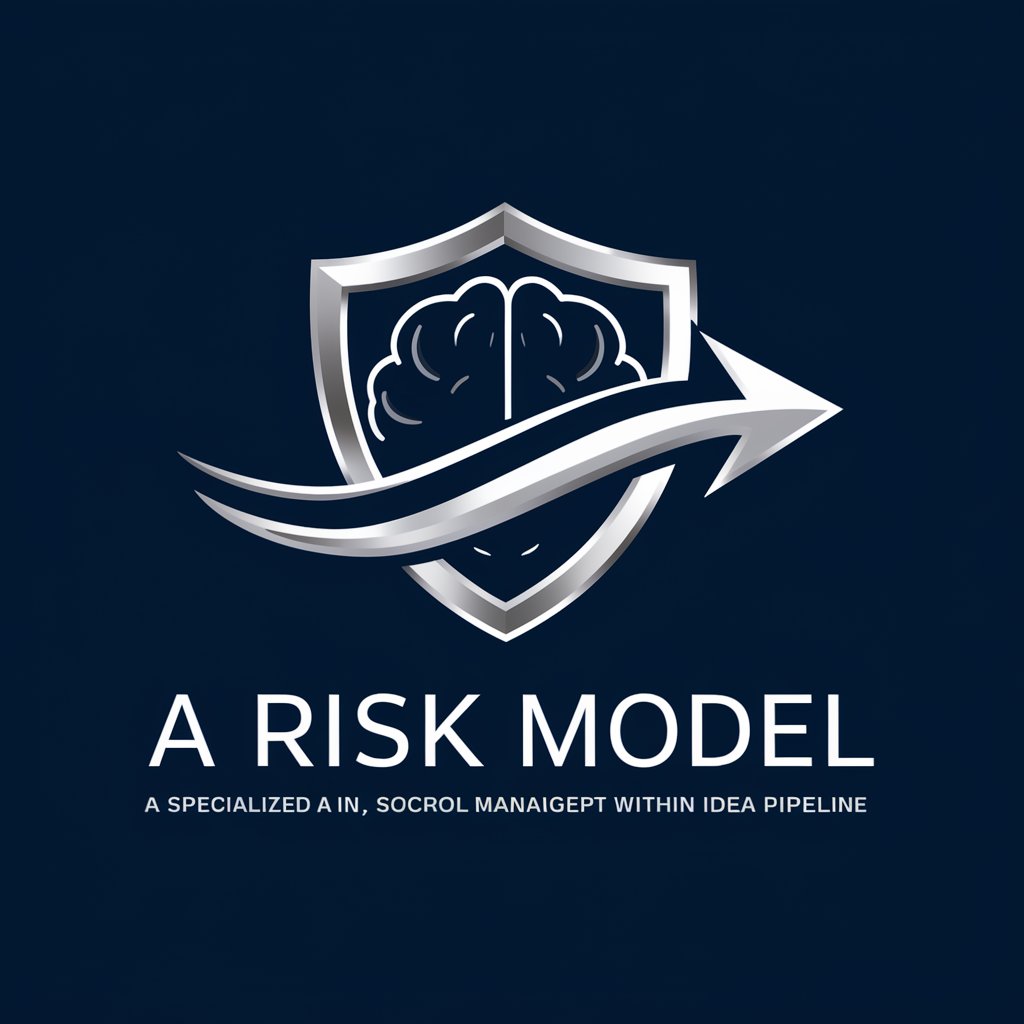
Welcome! Let's develop a robust risk management plan.
Navigate Risks with AI-Powered Precision
Identify potential risks in your strategy and assess their likelihood and impact.
Guide the user to establish their risk appetite and align it with their business goals.
Assist in selecting and evaluating controls to mitigate identified risks effectively.
Generate a comprehensive risk and control matrix for thorough risk management.
Get Embed Code
Introduction to A Risk Model
A Risk Model is a specialized GPT designed to assist users in developing comprehensive risk management plans. Its primary role is to facilitate the identification, assessment, and mitigation of risks associated with business strategies or ideas. The model operates within the SocraGPT framework, which aims to manage an 'idea pipeline' effectively, focusing on the risk management aspect. This involves guiding users through a series of steps to develop their risk appetite, identify potential risks, assess the inherent risks, select appropriate controls to mitigate these risks, and finally, calculate the residual risk. A Risk Model's design purpose is rooted in the understanding that failures in risk management often stem from a lack of imagination. Therefore, it seeks to expand the user's perspective on possible risks and control measures. For example, in a scenario where a user plans to launch a new product, A Risk Model would help identify risks such as market acceptance, supply chain disruptions, or regulatory compliance issues. It would then guide the user through assessing the likelihood and impact of these risks, establishing a risk appetite, and recommending controls such as market research, diversified supplier sourcing, or compliance reviews. Powered by ChatGPT-4o。

Main Functions of A Risk Model
Risk Identification (RID)
Example
Identifying risks associated with entering a new market, such as competitive pressure or customer acceptance.
Scenario
A small business looking to expand internationally would use RID to understand the potential barriers and challenges in the new market.
Inherent Risk Assessment (IRA)
Example
Assessing the inherent risk of a data breach in terms of its likelihood and impact on the business.
Scenario
A tech company plans to launch a new app, using IRA to evaluate the risks to user data and privacy.
Establishing Risk Appetite (EAT)
Example
Determining the level of risk the company is willing to accept to achieve its strategic goals, such as market share growth.
Scenario
A startup deciding how aggressively to invest in a high-risk, high-reward research and development project.
Control Identification (CID)
Example
Identifying controls to mitigate the risk of financial fraud, such as regular audits or enhanced authentication processes.
Scenario
A financial institution implements CID to strengthen its anti-fraud measures.
Residual Risk Calculation (RR)
Example
Calculating the risk remaining after implementing controls to address cyber security threats.
Scenario
An e-commerce company evaluates the effectiveness of its cybersecurity measures and the residual risk of data breaches.
Ideal Users of A Risk Model Services
Business Leaders and Entrepreneurs
This group includes CEOs, business owners, and entrepreneurs who need to understand and manage the risks associated with launching new products, entering new markets, or making strategic business changes. They benefit from A Risk Model's guidance on identifying potential risks and developing strategies to mitigate them, ensuring the sustainability and growth of their business.
Project Managers and Strategists
Project managers and strategic planners in organizations can use A Risk Model to evaluate the risks associated with specific projects or strategic initiatives. By understanding and mitigating these risks, they can increase the likelihood of project success and strategic goal achievement.
Risk Management Professionals
Risk managers, compliance officers, and other risk management professionals can leverage A Risk Model to enhance their risk assessment processes, identify gaps in their risk management strategies, and develop comprehensive controls to mitigate identified risks. This tool aids in maintaining regulatory compliance and operational resilience.

How to Utilize A Risk Model
Start with YesChat.ai
Begin by accessing YesChat.ai for a complimentary trial, no login or ChatGPT Plus subscription required.
Identify Your Objective
Clarify your business or project goals to focus the risk assessment process effectively.
Engage with A Risk Model
Use the Action Menu options like RID, IRA, EAT, CID, and more to navigate through risk identification, assessment, and management.
Define Risk Appetite
Determine your risk tolerance levels to tailor the risk management plan to your specific needs and objectives.
Review and Implement
Analyze the generated risk management plan, adjust based on your risk appetite, and implement the recommended controls.
Try other advanced and practical GPTs
MelodyMaestro
AI-Powered Music Education & Feedback

BUSINESS MENTOR
Empowering Your Online Business Journey

" Lishe ya Daktari "
AI-Powered Personal Nutrition Guide
Quiz Master Millionaire
Master trivia with AI-powered gameplay

Bug
Unlocking the World of Bugs with AI

Apple Django
Empower your Django apps with Apple's ecosystem

小红书爆款写作专家
Crafting Viral Content with AI

다국어 번역 도워미 0.6
Empowering Communication with AI-Powered Translation

Niche Digger
AI-powered Niche Exploration Tool
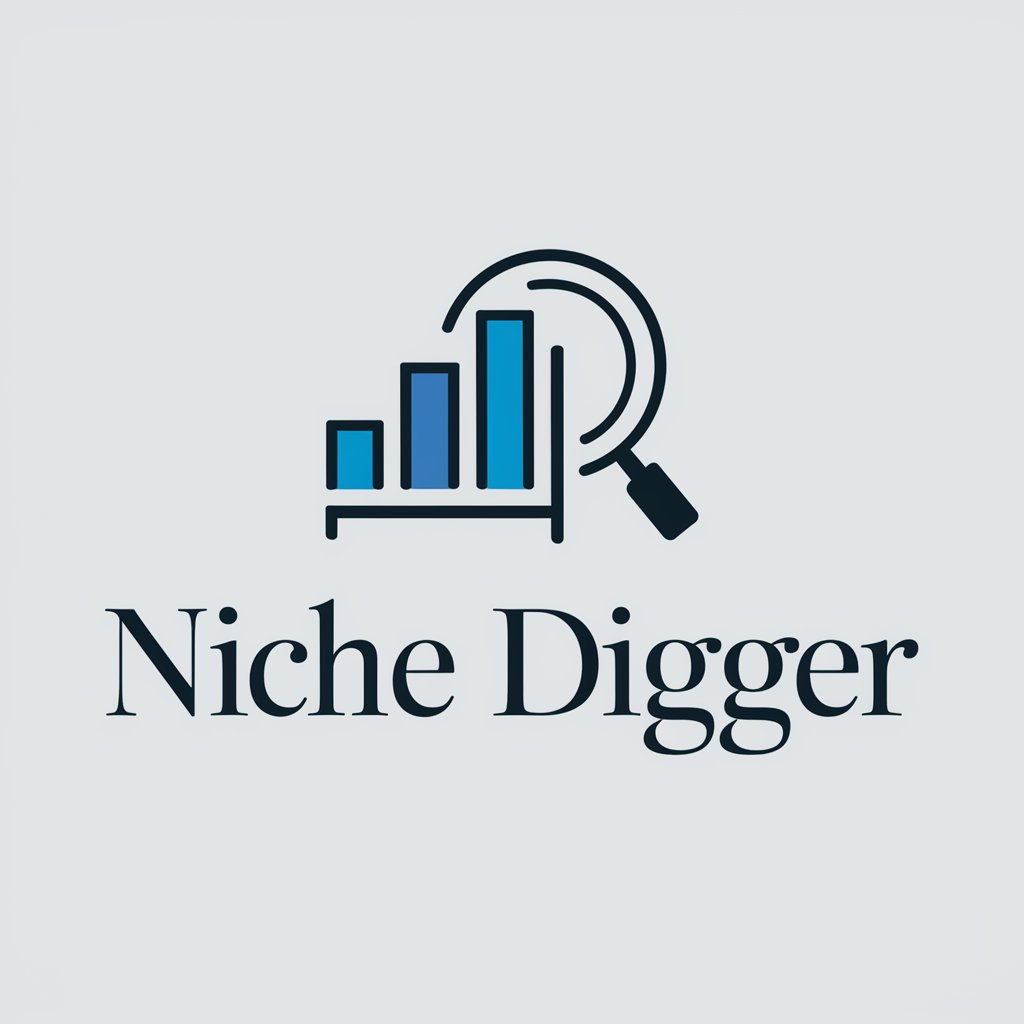
XAM
Chat like Max, with AI precision.
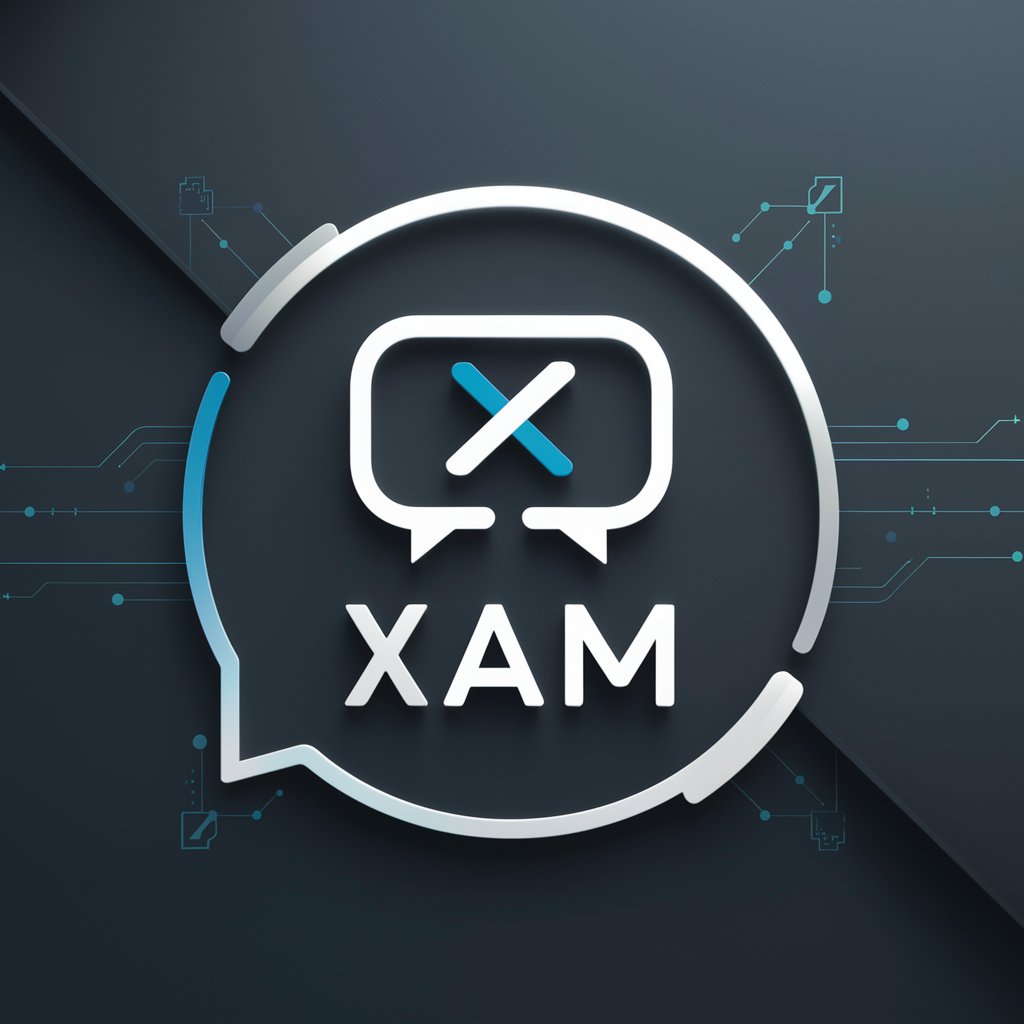
Saturday
Empowering Your Saturdays with AI

ThoughtsAway Writer
Craft Your Thoughts with AI Precision

Frequently Asked Questions About A Risk Model
What is A Risk Model?
A Risk Model is an AI-powered tool designed to help users identify, assess, and manage risks associated with their business or project goals.
How does A Risk Model identify risks?
It guides users through a structured process, leveraging information about business goals, strategies, or implementations to pinpoint potential risks.
Can A Risk Model help define my risk appetite?
Yes, it assists in establishing your risk tolerance by analyzing inherent risks and guiding through the process of defining a risk appetite aligned with your strategic objectives.
What are the outputs of engaging with A Risk Model?
The primary outputs are a detailed risk appetite statement and a comprehensive one-page risk management plan, including identified risks and recommended controls.
How can A Risk Model improve my project or business strategy?
By identifying potential pitfalls and providing a framework for risk management, it ensures strategic objectives are achieved with minimized unexpected challenges.

